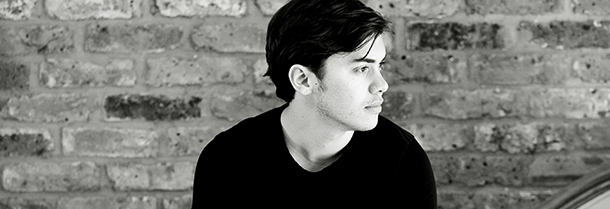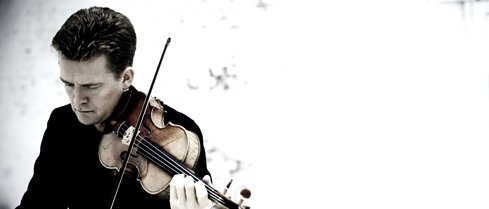Tag: Bartok
-

PROGRAM NOTES: BENJAMIN BEILMAN & YEKWON SUNWOO
Franz Schubert Sonata in A major D574 The adolescent Schubert was a busy young man indeed. Fresh from single-handedly inventing the 19th-century German art song (the Lied) at the tender age of 17, he subsequently developed a teenage crush on the violin which in the space of 18 months moved him to compose no less…
-

PROGRAM NOTES: CHRISTIAN TETZLAFF
Eugène Ysaÿe Sonata for solo violin in G minor, Op. 27, No. 1 Belgian violinist and composer Eugène Ysaÿe stands as a bridge figure between the late Romantic era of virtuoso violinists such as Henri Vieuxtemps and Henryk Wieniawski (he studied with both of them), and twentieth-century composers such as Debussy, whom he championed. Much loved by…
-

PROGRAM NOTES: AVI AVITAL
Avi Avital: Kedma “To open the concert, I have chosen to perform a composition- improvisation of my own. Unlike a composer’s relationship to an instrument and to a musical form, the performer’s relationship to his instrument, as in this case, is expressed in a frequent dialogue to “get to know” each other better. This improvisation,…

